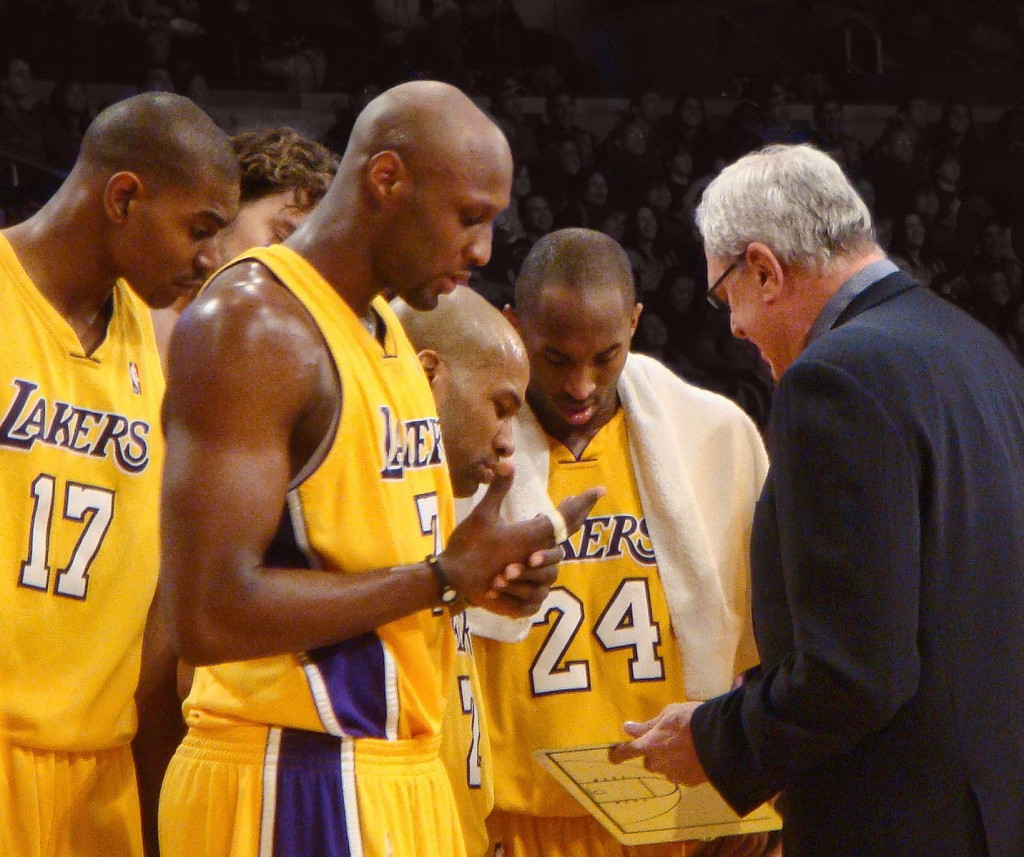Why You Should Coach Your Employees (And How to Do It)
You’ve probably heard the proverb, “Give a man a fish, you feed him for a day. Teach him how to fish, and you feed him for life.”
That logic is exactly why you should coach your employees. Most managers spend their days doling out solutions to their people. Someone comes in with a question, the manager listens for long enough to form an opinion and then gives them their best answer.
That's giving employees fish, instead of fishing poles.
Conversely, coaching is about letting the employee lead the conversation, allowing them to develop new skills to think through challenges. That ensures growth, and empowers employees to be more productive and independent.
So, yes, like teaching a person how to fish, it might take longer at first to coach an employee, rather than solving the problem yourself. But, that one-time effort will save you a tremendous amount of time moving forward.
Okay, so how do I coach an employee?
In her LinkedIn Learning course Coaching and Developing Employees, Executive Coach Lisa Gates gave the complete rundown on how to effectively coach employees. But effective coaching starts by following three cornerstone principles, Gates said: be curious, let the employee lead and manage the whole person.
Here’s a rundown of each of those cornerstones and what it looks like in real life:
1. Be curious.
Coaching begins and ends with asking questions. Rather than offering solutions, coaching is about asking employees questions, empowering the employee to think through and ultimately solve whatever problem they are facing.
For example, say an employee says they are having trouble hitting a deadline and then offers up a reason why. A common management approach is to dismiss the excuse and reemphasize the importance of the deadline.
Conversely, coaching an employee would start with a simple question – asking them what’s causing the problem and genuinely listening to the answer.
2. Let the employee lead.
Going along with the last point, once an employee explains a problem, the common reaction is to offer a solution. To be an effective coach, you should do the exact opposite and ask questions to let the employee solve the problem on their own. It's your job as manager to focus their thinking to fit within the company's needs.
This is a powerful exercise, as people will generally come up with a similar – or even better – solution than you would have thought of, when forced to think through it. Additionally, it’ll develop them as a person and give them a clearer perspective on what went wrong and how to avoid it in the future.
For example, say an employee who has just been elevated to team lead said the new authority has been difficult on them. Most managers would respond with their own solution and move on.
Instead, you can coach them through it by asking them what’s challenging about the newfound authority and how they could fix that problem. This exercise is far more empowering and helps develop the employee.
3. Manage the whole person.
A coach has to realize there is no sharp line between work and home life. The reality is things at home affect work, and if you want to effectively coach an employee, you need to manage the whole person.
For example, say you have an employee whose performance suddenly dips. Often, when this happens, there’s a personal reason behind it. Hopefully, you’ve built enough trust with that person so they are comfortable telling you what’s at the heart of the matter, so you can work together to figure out a solution.
Maybe they need some time off or an extension on a deadline. Following the advice in the first two points, give them the freedom to talk through the problem and offer up their own solution. Often, taking that suggestion will lead to the most effective long-term answer.
Tying it all together
Coaching is work. It requires you to trust your employees and have the confidence they’ll come up with solutions that suit both themselves and the organization.
But the benefits are vast. Successfully coaching an employee leads to incredible growth, a deeper level of trust and a far more engaged employee who can bring your team to the next level.
*Image by JoeJohnson2, Wikipedia Commons
This article covers the most basic fundamentals of coaching an employee. To learn more, watch Gates’ full LinkedIn Learning course, Coaching and Developing Employees.
Topics: Productivity tips
Related articles




